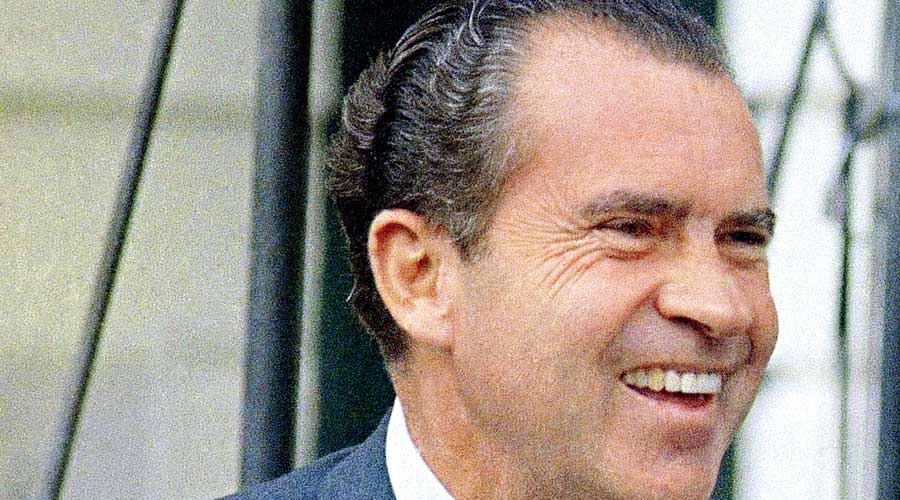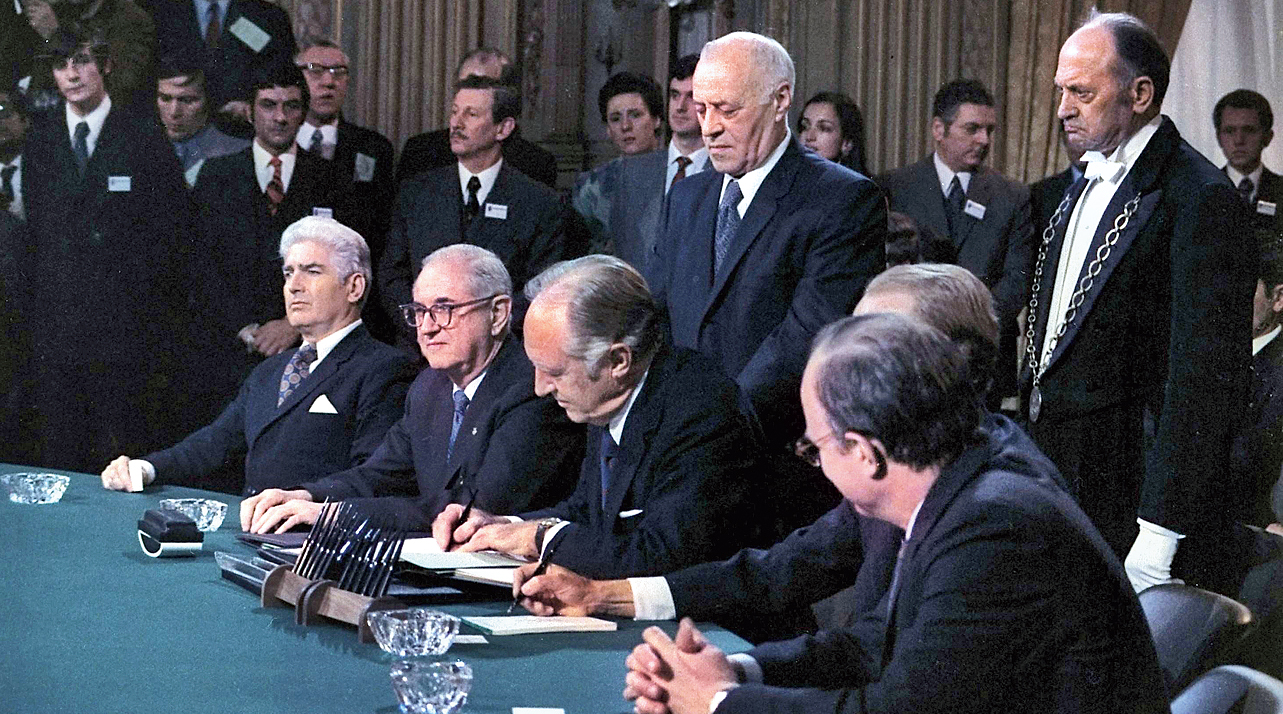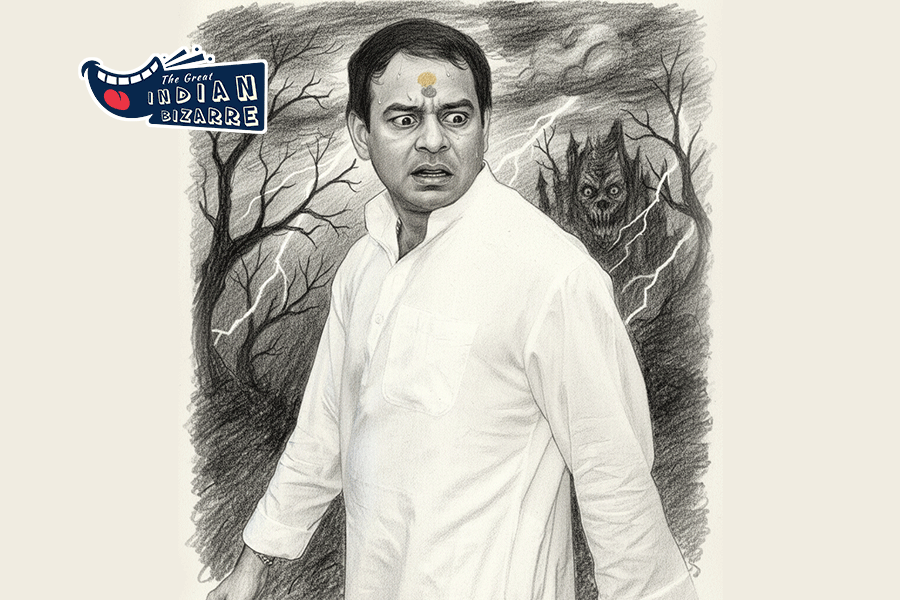The Pegasus “snoop” without any gates is making Watergate look like an amateur operation as far as the modus operandi — remote break-in now and burglary-style break-in then — is concerned.
But a big “IF” comes into play on whether India will be able to hold accountable those responsible as America did by compelling Richard Nixon to give up the presidency half a century ago.
For one, India does not have a provision for impeachment of the head of government, the threat of which had forced Nixon to step down.
As head of government in India, the Prime Minister can be forced to resign only if he or she loses their majority on the floor of the Lok Sabha. That is a tall ask in contemporary India, given the brute majority the BJP has in the House.
But Nixon had also used the full weight of his office — the most powerful in the free world — to fight the evidence against him. The collective effort to hold Nixon accountable succeeded because the media, judiciary and the legislature did their job.
That is the question that will confront India now: will its media, judiciary and legislature do what they are supposed to do?
Prime Minister Narendra Modi is no stranger to snooping scandals, having weathered the storm over a controversy in his home state of Gujarat as chief minister. And, the initial response of the government has been to brazen it out.
Where the current controversy over the use of Pegasus spyware is similar to Watergate is in the expanse of the snooping. From all indications, a large number of journalists, politicians — including some from the ruling party — as well as members of the judiciary and activists have been a target of this spyware-enabled hacking.
The Washington Post investigated both scandals. However, it was a singular enterprise for the newspaper on Watergate, unlike with Pegasus where it is part of a collective of media houses across the globe probing the use of the Israeli spyware by various governments.
In the Watergate scandal, Nixon and his aides were found guilty of extensive wiretapping that involved breaking into the Democratic National Committee’s (DNC) headquarters in the Watergate Office Building, Washington DC, to bug the premises, and the President himself recording all the telephone conversations in his office.
The Watergate scandal began with the police apprehending five burglars for a break-in at the DNC headquarters in Washington DC on June 17, 1972. Four of the five were former CIA operatives and the fifth was part of the organisation working for Nixon’s re-election. Later, it transpired that there were parallel efforts to spy on the headquarters of the Democratic nominee for the presidential elections that year.
An elaborate cover-up ensued, and Nixon ordered the FBI to scale down the probe. Throughout the election campaign, Washington Post reporters Bob Woodward and Carl Bernstein were provided leaks by FBI deputy director W. Mark Felt though his name became public only three decades later. Through the scandal and for much later he went by the pseudonym Deep Throat.
Barring The Washington Post, the scandal was largely ignored by the American media during the run-up to the 1972 presidential polls. The trial of the five accused and two accomplices began a fortnight before Nixon’s second inauguration. Again, the White House was able to contain the scandal but the presiding judge, John J. Sirica, was unrelenting in following the money.
As the sentencing date approached, the Senate set up a special investigating committee on abuses in the 1972 presidential campaign. From here on, the judiciary and legislature leveraged the two proceedings to corner the Nixon administration, resulting in television networks broadcasting the committee hearings without ad breaks.
What was revealed was extensive wire-tapping by the Nixon administration and the establishment of a money-laundering operation to fund its favoured Senate candidates.
The proverbial nail in the coffin came when Alexander P. Butterfield, a former White House staffer, disclosed that all conversations in the President’s offices had been secretly recorded on tape. The judiciary ordered Nixon to hand over the tapes. He contested it tooth and nail, offering to provide transcripts instead, but fell in line in the face of public protest.
With the entire can of worms spilling out, the House Judiciary Committee initiated the impeachment enquiry in May 1974, almost two years after the DNC burglary. Nixon resigned three months later as the full scale of the cover-up by him became evident.
Ultimately, it was the provision of checks and balances in a democracy and the combined efforts of the three other pillars of democracy – the media, judiciary and the legislature – that brought the President of the United States down.












